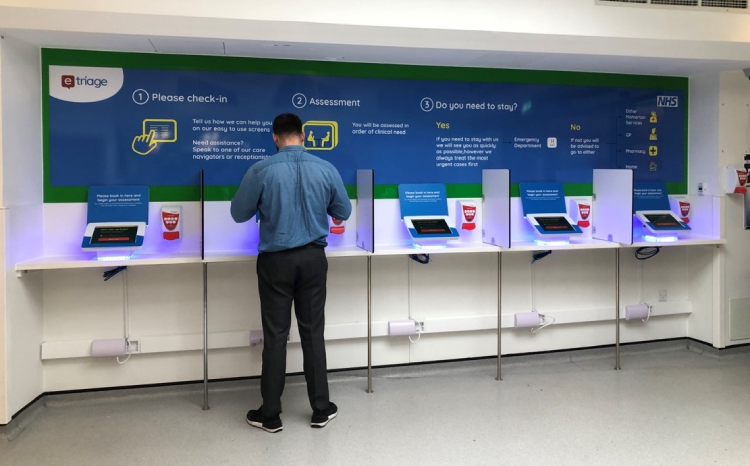‘How Safe is my Hospital’ site launched
- 24 June 2014

The Department of Health has launched a website that will let the public compare hospitals in England based on a number of safety indicators.
The website, called ‘How Safe is my Hospital’, is part of NHS Choices and will include indicators such as ward level staffing levels, incident reporting levels, pressure ulcers, falls and how the hospital is complying with patient safety alerts.
The launch is part of Hunt’s ‘Sign up to Safety’ campaign to crack down on unsafe care and preventable deaths. It aims to save up to 6000 lives over the next three years.
Speaking at the launch of the site, health secretary Jeremy Hunt said: “Globally, the levels of avoidable harm in health care are shocking.
“The NHS is already leading the way on safety, more than 300 people suffered as a result of some of the most serious types of preventable harm last year. Today’s campaign will go further and aims to save thousands of lives.
“We have come a long way since Mid Staffordshire, however there are too many cases where NHS staff who have raised concerns about safety have been ignored. Today we have introduced measures to help tackle this head on.”
The campaign was planned following a review by the Department of Health, which found that 29 out of 141 NHS trusts could be under-reporting incidents to the National Reporting and Learning System.
The campaign will be led by Salford Royal NHS Foundation Trust’s chief executive Sir David Dalton, who is credited with changing his trust’s systems in a bid to become the safest hospital in the country.
Commenting on the campaign, he said: “This is the right thing to do. Healthcare carries inherent risk and while healthcare professionals work hard every day to reduce this risk, harm still happens. Some is unavoidable but most isn’t.”
The trusts will be ranked according to how openly they are reporting and will be rated as ‘good’, ‘acceptable’ or ‘poor’ based on five categories:
Under-reporting of patient incidents; potential under-reporting of death and severe harm patient safety incidents; potential under-reporting of patient safety incidents involving no harm; organisational commitment to report data monthly to the NRLS; and NHS staff survey score on their farness and effectiveness of reporting procedures.
The DH said that only 7.7% of trusts are rated ‘good’, 61.7% are OK and around 20.6% are rated ‘poor’.
A dozen “trailblazer” trusts have already signed up to the campaign, including Sheffield Teaching Hospitals NHS Foundation Trust and North Bristol NHS Trust. These are already developing plans on how to reduce avoidable harm.
The other ten trusts that have signed up to safety are: Central London Community Healthcare Trust; Frimley Park Hospital NHS Foundation Trust; NHS Nottingham University Hospitals NHS Trust; Oxleas NHS Foundation Trust; Royal Berkshire NHS Foundation Trust; Royal United Hospital Bath NHS Trust; Salford Royal NHS Foundation Trust; and Staffordshire and Stoke Trent NHS Foundation Trust.
Trusts must provide information on how they will tackle two national patient safety priorities, such as pressure ulcers and medication errors and two local priorities of their own choice.
Trusts that sign up and develop plans will have them reviewed by the NHS Litigation Authority and, when approved, they will receive a financial incentive from the NHS Litigation Authority to support implementation of the plan.
As part of the campaign, Hunt has also launched a new Safety Action for England team, consisting of senior clinicians, managers and patients “with a proven track record in tackling unsafe care.”
Sir Robert Francis QC, who led the inquiry into the scandal at Mid Staffordshire NHS Foundation Trust will chair a new review into the reporting culture in the NHS and how to support whistleblowers in raising concerns.




